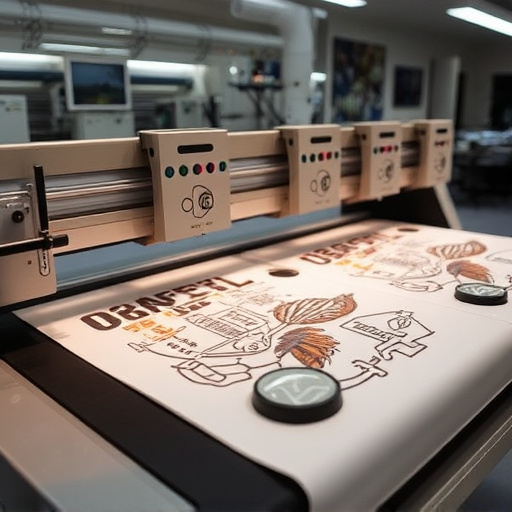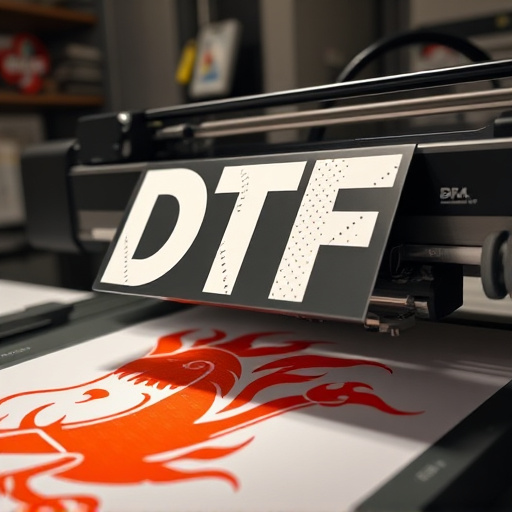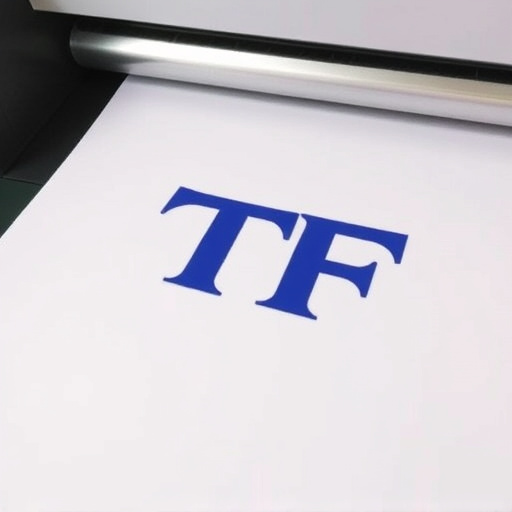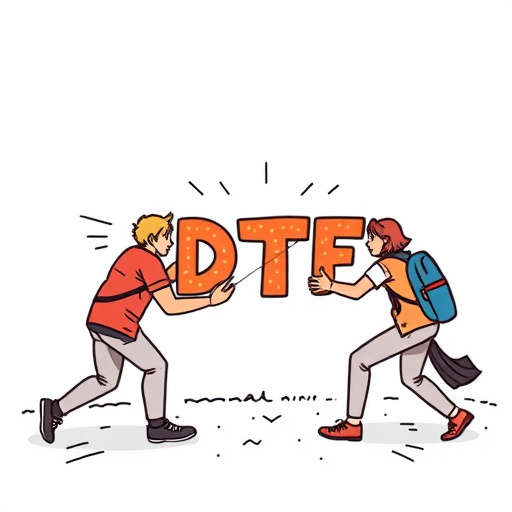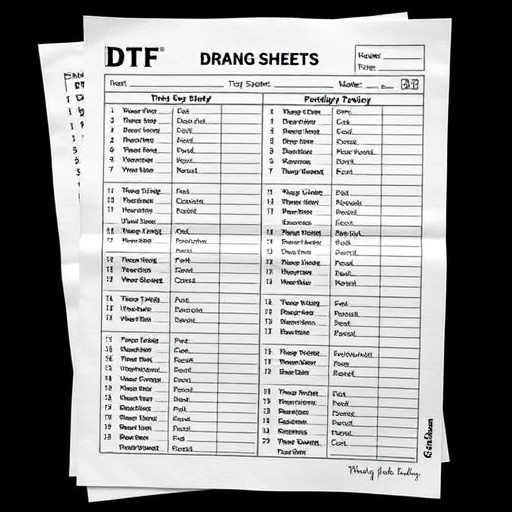DTF T-shirt printing is a revolutionary method in the apparel industry, offering intricate design capabilities with vibrant colors and durable prints that resist fading or cracking. By eliminating traditional screen printing methods, this process streamlines production for small batches or custom orders. Artists and businesses use DTF to create unique wearable art pieces from blank t-shirts, focusing on high-resolution designs (300 DPI or higher) in vector formats like SVG or EPS. This meticulous approach ensures excellent results, with key considerations including avoiding complex patterns and focusing on clean lines for optimal transfer results.
“Unleash your creativity with DTF (Direct to Fabric) T-shirt printing, a game-changer in the customization world. This article guides you through the process, from understanding the basics and reaping the benefits to mastering design preparation for impeccable results. Discover techniques and tips to create captivating visuals that stand out. Learn how to optimize your artwork for DTF printing, ensuring vibrant, long-lasting designs on a variety of fabrics. Elevate your T-shirt printing game with these essential insights.”
- Understanding DTF T-Shirt Printing: Basics and Benefits
- Preparing Your Designs for Optimal Results
- Techniques and Tips to Create Stunning Visuals
Understanding DTF T-Shirt Printing: Basics and Benefits

DTF T-shirt printing is a cutting-edge method that has revolutionized the apparel industry. It’s a direct-to-film transfer process where designs are printed onto special dtf transfer film using a high-resolution printer, then carefully applied to the fabric using heat and pressure. This technique offers numerous advantages over traditional screen printing methods. For one, it enables intricate and detailed designs with vibrant colors, making it ideal for showcasing complex artwork or adding subtle accents to clothing.
Moreover, DTF T-shirt printing streamlines the production process by eliminating the need for separate screens and setting up costs, making it both cost-effective and efficient for small batch orders or custom designs. The dtf curing process ensures that the ink bonds firmly to the fabric, resulting in durable prints that withstand frequent washing without fading or cracking. This modern approach has garnered popularity among artists and businesses alike, offering a versatile way to transform blank t-shirts into unique wearable art pieces.
Preparing Your Designs for Optimal Results
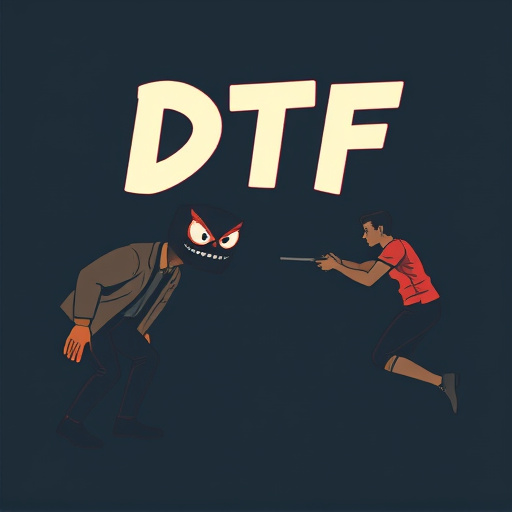
When designing art for DTF T-shirt printing, preparing your designs is a crucial step to ensure optimal results. Start by ensuring your artwork is at the correct resolution—300 DPI or higher—to maintain sharp details and colors. This is particularly important for intricate designs with fine lines or small text, as lower resolutions may result in pixelation or blurriness when printed.
Additionally, use vector graphics whenever possible. Vector formats like SVG or EPS allow for seamless scaling without losing quality, making them ideal for DTF printing. Unlike raster images, vectors provide a clean outline of your design elements, ensuring crisp outlines and avoiding the “jaggies” often seen in low-resolution raster art. This attention to detail will lead to high-quality DTF bulk orders or when utilizing dtf printing services, ultimately delivering an impressive final product.
Techniques and Tips to Create Stunning Visuals
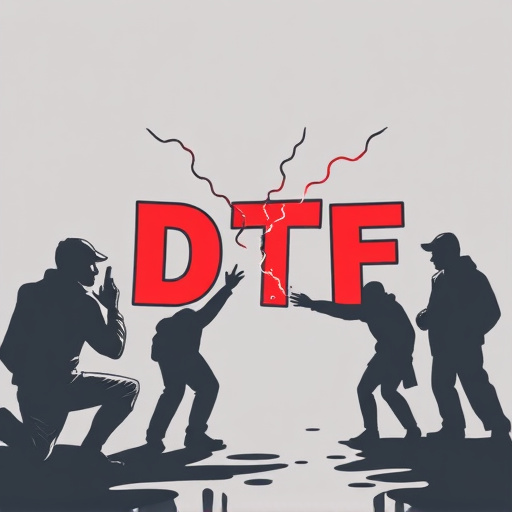
Designing art for DTF (Direct-to-Fabric) T-shirt printing offers a unique and vibrant way to create captivating garments. When crafting visuals, artists should consider the specific techniques and tips tailored to this method. One key aspect is understanding the resolution and scale requirements of UV DTF transfers. These transfers by size ensure optimal clarity and detail when applied correctly, making them a popular choice for intricate designs.
Experimenting with color profiles and layering techniques can elevate your artwork. The use of gossamer-like UV inks allows for a wide range of colors and subtle effects, creating a symphony of visual appeal. Remember, the process involves heating the transfer onto the fabric, so ensuring your design is suitable for this method is crucial. This includes avoiding overly complex or labyrinthine patterns that might not transfer well. Instead, focus on clean lines and smooth gradients for indelible results, transforming your DTF T-shirt prints into a captivating dance of creativity.
Designing art for DTF (Direct to Fabric) T-shirt printing offers a unique and creative way to bring your designs to life. By understanding the process, preparing your artwork accordingly, and utilizing various techniques, you can create stunning visuals that enhance the overall printing quality. Remember, optimal results in DTF T-shirt printing depend on careful design preparation and an eye for detail. So, whether you’re a seasoned designer or just starting, these tips will help you navigate this exciting realm of creative expression.

